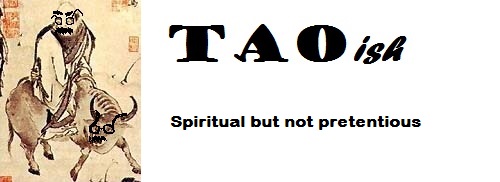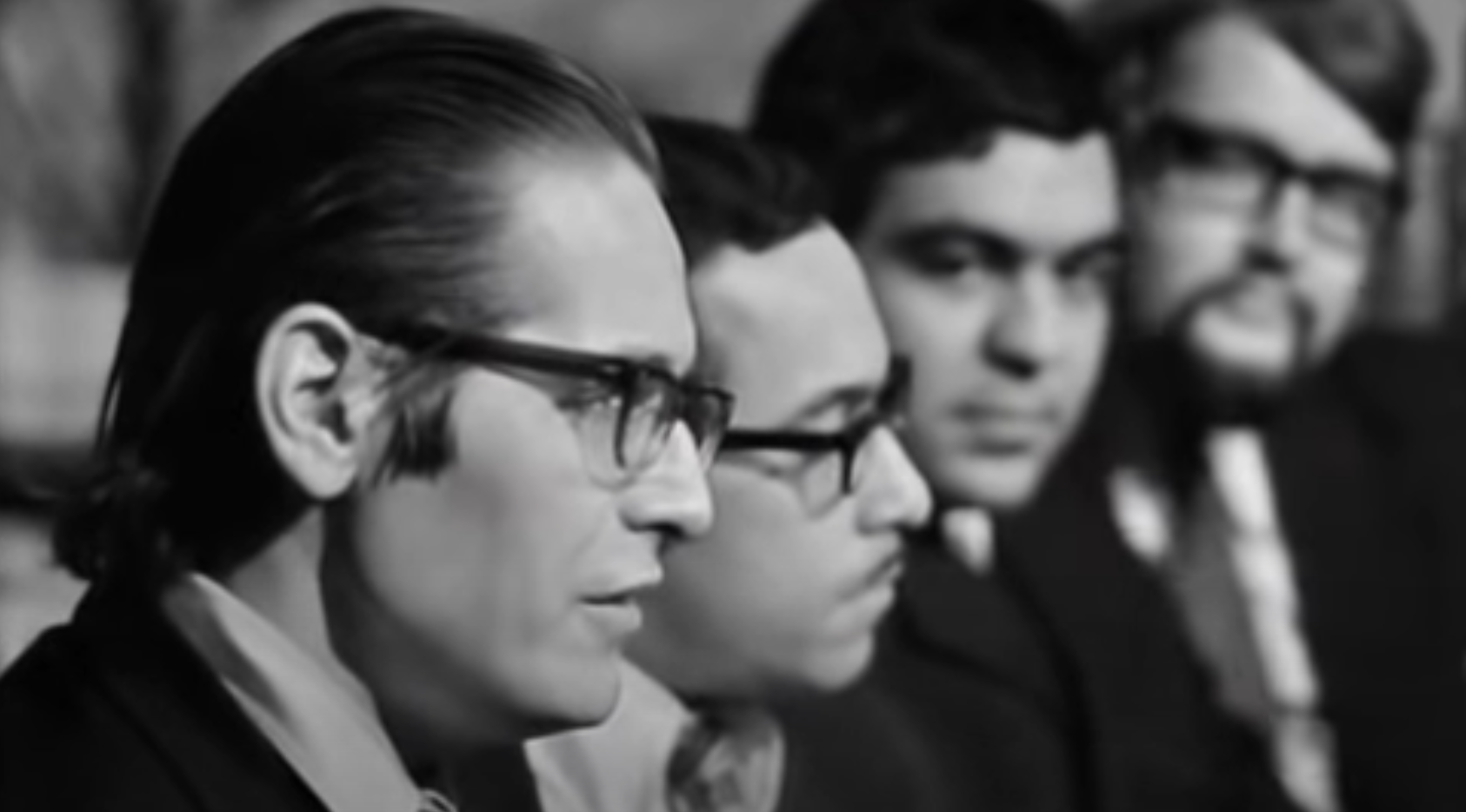Heroic Medicine (and the damage done)
We’ve had two reminders this week of how messed up the American medical system is. Not the insurance and financing part — which is also a mess — but medicine itself, the effort to save lives.
Cowboys and astronauts aside, Americans have long been terrified of death, and this is obvious in our attitude toward doctors. “Be my hero! I don’t care how much it costs, just keep me alive!” OK, this is capitalism, so guess what? Doctors drive Mercedes, hospitals grow out of control like cancers, and medical companies from Big Pharma to insurers reap billions.
The problem is a lack of perspective. We ignore the cycle of live, pretend death will never come, and spend like lottery winners on old folks who — in many cases — are more comfortable with their own deaths than their family members. And yet, for all the costs, Americans don’t live any longer and our infant mortality rate is worse than 33 other countries — including Cuba, Greece and Croatia.
Worse is the living hell that some patients fall into. We’ve gotten better — the hospice movement has brought some sanity and comfort to dying patients and is beginning the conversation about accepting our natural course of life and death.
The first reminder is a new book, “Extreme Medicine” by Dr. Kevin Fong, a self-described thrill seeker who celebrates survival in extreme conditions (such as outer space, deep sea, freezing water) and massive medical interventions to rescue people. (He was interviewed by Terry Gross on Fresh Air.) It’s undeniably fascinating stuff, especially his defense of anesthesiology.
But he talks of using the electric shock paddles dozens of times to resuscitate a young man whose heart keeps stopping, and tells the tale of a 29-year old doctor who fell into an Arctic stream and was rescued by using a heart-lung transplant machine to rapidly warm all of her blood.
Yay for them, but there’s no mention of patients trapped in a permanent vegetative state by these efforts, of families who received a $300,000 bill to compound the death of a loved one after failed heroic attempts ripped apart their failing bodies.
Further, you can miss that these stories are about the heroic doctors, not the patients. These are ego plays by highly paid MDs playing with expensive toys that we buy for them, and saving lives (or replacing death with brain-dead respirator life) isn’t really the point.
The other reminder was the massive study that found that routine mammography does not save lives, and leads to many debilitating treatments and harmful side effects as well.
American medicine doesn’t really understand the subtlety of the body and its systems, but tries to replace that through massive intervention with clumsily wielded but powerful technologies. Our viewpoint is static — we assume everyone is healthy, that medicine understands the body well, then tests for a very narrow range of lab results and treats any variations as problems.
That’s a very poor model of how the human body works. One day, hopefully, hospitals and doctors will start by recognizing the rhythms of life and the power of the body, learn to understand them on a much deeper level, and work to maintain them. Medicine takes “do no harm” as its primary rule, but ignores the harm it does by ignoring and disrupting the body’s natural rhythms.








